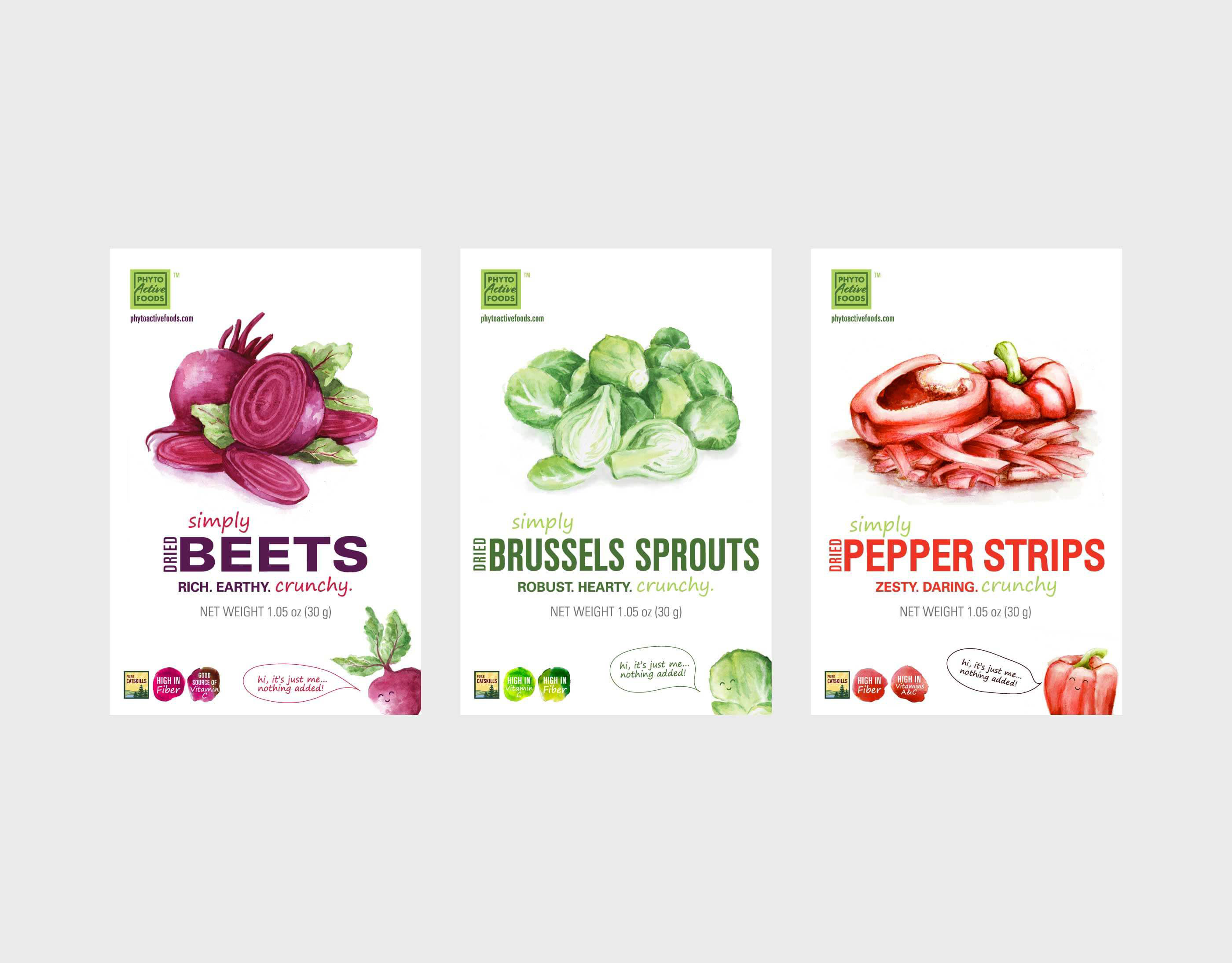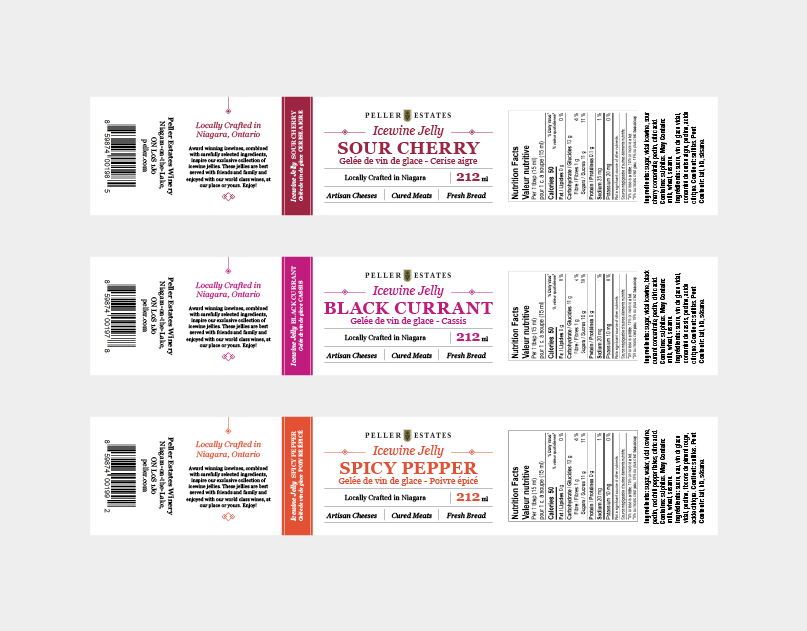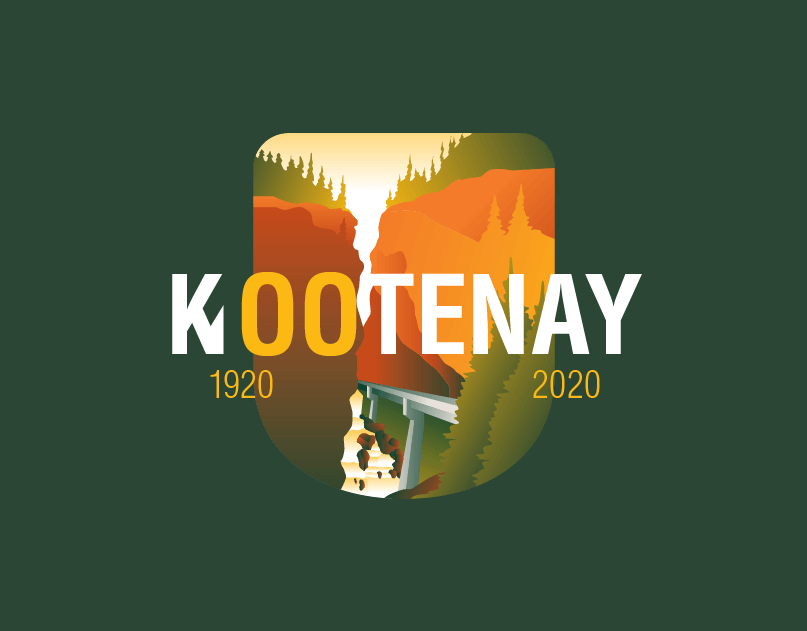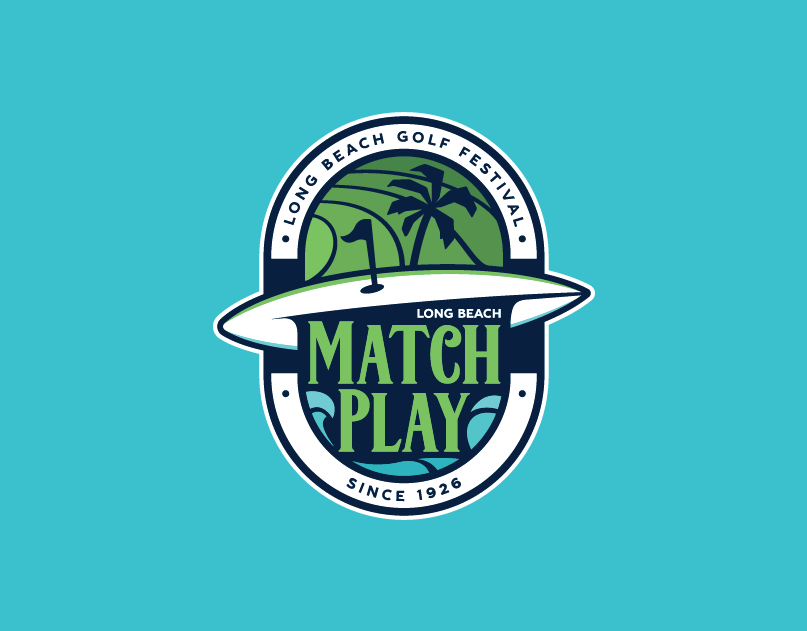I experimented with colours for the carrot, an underline for each icon, the direction of the pineapple arches, and the papaya's size.
I explored a muted colour palette, the order of the icons to ensure a visual balance, the papaya's shape and whether it needed a stem.
The set includes papaya, carrot, kiwi, broccoli, garlic, pineapple, avocado and olive oil icons.
I created guidelines for tall, wide square and round shapes to ensure the subjects were optically balanced at the 64 px icon size.
To allow the icons to breathe, I added a 2 px padding.
The padding for each icon in the set extends beyond the guidelines.
I created a looping animation to showcase the icon set.










